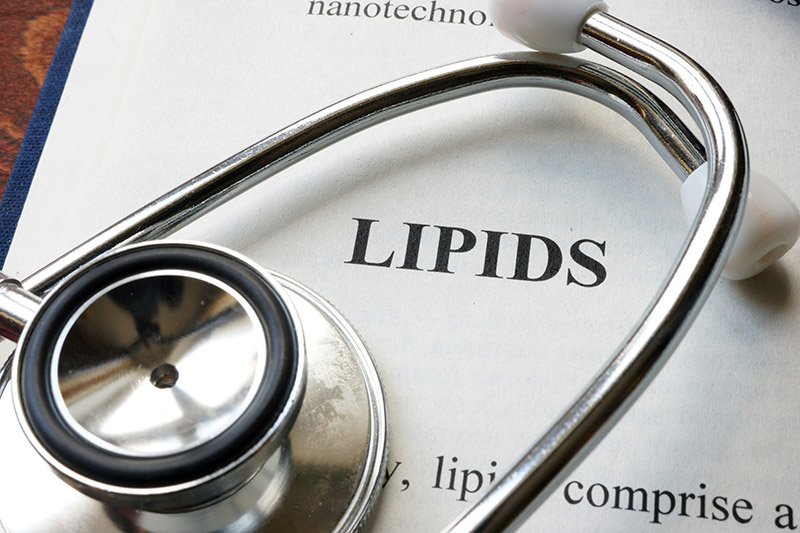- Home
- About Us
- Advanced Testing
- Nutrition & Self-Care
- Further Learning
- New Member Info
- Contact
Heart disease is the number one killer of both men and women in this nation, despite guideline-driven care.
Many people do not realize they can have a normal cholesterol panel and still be at increased risk of a cardiovascular (CV) event. Data from over 230,000 patients hospitalized with coronary artery disease has shown that half the people who have a heart attack have normal LDL cholesterol (LDL-C < 100 mg/dL). 9 Contrary to popular belief, lowering LDL cholesterol is not the most effective way to lower CV risk.

The statistics on heart disease are haunting. 14% of people who have a heart attack will die from it, 21 and of those who survive, many have recurrent events. 26% of women and 19% of men will die within a year of having a heart attack. By five years after a heart attack, almost half of women die, develop heart failure, or have a stroke (compared with 36% of men).21
Clearly we are missing something. And we cannot afford to take our chances by ignoring the data and just hoping for the best.
We know that statin cholesterol medications reduce CV risk by about 30%, but in order to truly beat this disease we must also do something about the 70% residual risk . . . and a basic lipid panel cannot typically identify this residual risk. 14 We need to go above and beyond standard testing to identify the abnormalities that are putting patients at continued risk.
There are several advanced biomarkers that can be tested in a patient - some are more important, and more predictive, than others.
In this short video, the lipidologist Dr. Tara Dall explains why advanced lipid testing is necessary. She illustrates the difference between a basic cholesterol measurement (LDL-C) and an advanced lipid biomarker (apo B).
At WHFM we believe every adult needs advanced testing at least once so we can identify any hidden risk factors that warrant treatment.
Do something today for a better tomorrow!
Make an appointment now for advanced testing. We are here to help.
Medical providers who want to learn more may want to watch this longer presentation by Dr. Tara Dall or read through these presentation slides by Dr. Robert Superko.
REFERENCES
1 – El Harchaoui, et. al. (2007). Value of Low-Density Lipoprotein Particle Number and Size as Predictors of Coronary Artery Disease in Apparently Healthy Men and Women: The EPIC-Norfolk Prospective Population Study. J Am Coll Cardiol, 49(5), 547-553.
2 – Mora, S., et. al. (2015). Atherogenic Lipoprotein Subfractions Determined by Ion Mobility and First Cardiovascular Events After Random Allocation to High-Intensity Statin or Placebo: The JUPITER Trial. Circulation. Doi:10.1161/circulationaha.115.016857
3 - Wilkins, J. T., et. al. (2016). Discordance Between Apolipoprotein B and LDL-Cholesterol in Young Adults Predicts Coronary Artery Calcification The CARDIA Study. J Am Coll Cardiol, 67(2), 193-201.
4 – Rosenson, R. S., Hegele, R. A., & Gotto, J. A. M. (2016). Integrated Measure for Atherogenic Lipoproteins in the Modern Era Risk Assessment Based on Apolipoprotein B. J Am Coll Cardiol, 67(2), 202 – 204.
5 – Circulation. 2000;101:477-484; Gotto, et. al.
6 – Lancet. 2003;361:777-780; Sniderman
7 - https://www.ncbi.nlm.nih.gov/pubmed/21487090
8 - https://www.aarp.org/health/healthy-living/info-2018/bob-harper-heart-attack-fd.html
9 – https://www.ncbi.nlm.nih.gov/pubmed/19081406
10 - https://www.ncbi.nlm.nih.gov/pubmed/11755609
11 - https://www.ncbi.nlm.nih.gov/pubmed/16316964
12 - https://www.ncbi.nlm.nih.gov/pmc/articles/PMC80634/
13 - https://www.ahajournals.org/doi/10.1161/hc1002.105136
14 – Superko HR. Beyond LDL-C, Circ. 1996;94:2351-2354
15 – Akosah KO, Schaper A, Cogbill C. J Am Coll Cardiol. 2003;41(9):1475-1479.
16 – Berman et al. J Am Coll Cardiol. 2004;44:923-30.
17 – Grundy SM, et al. Circulation. 2005; 112:2735-2752
18 – Pearson TA et al, Circulation 2003;107:499-511
19 – Hlatky MA et al. Circulation 2009;119:2408-2416 3. Greenland P et al. Circulation 2007;115:402-426
20 – Greenland P et al. Circulation 2010;122:e584-e636
21 - https://www.healthline.com/health/heart-disease/statistics
22 - https://www.mayoclinicproceedings.org/article/S0025-6196(14)00800-3/pdf
23 - https://www.nejm.org/doi/full/10.1056/NEJMoa0807646
24 - https://www.ncbi.nlm.nih.gov/pmc/articles/PMC3165136/